Can You Use Any Sd Card On Switch?
The Nintendo Switch is a marvel of gaming innovation, blending portability with a robust library of games that cater to every taste. However, as your game collection grows, so does the need for additional storage. Enter the microSD card—a small yet indispensable accessory that can significantly enhance your gaming experience. But can you use just any SD card with the Nintendo Switch? The answer is both simple and nuanced.
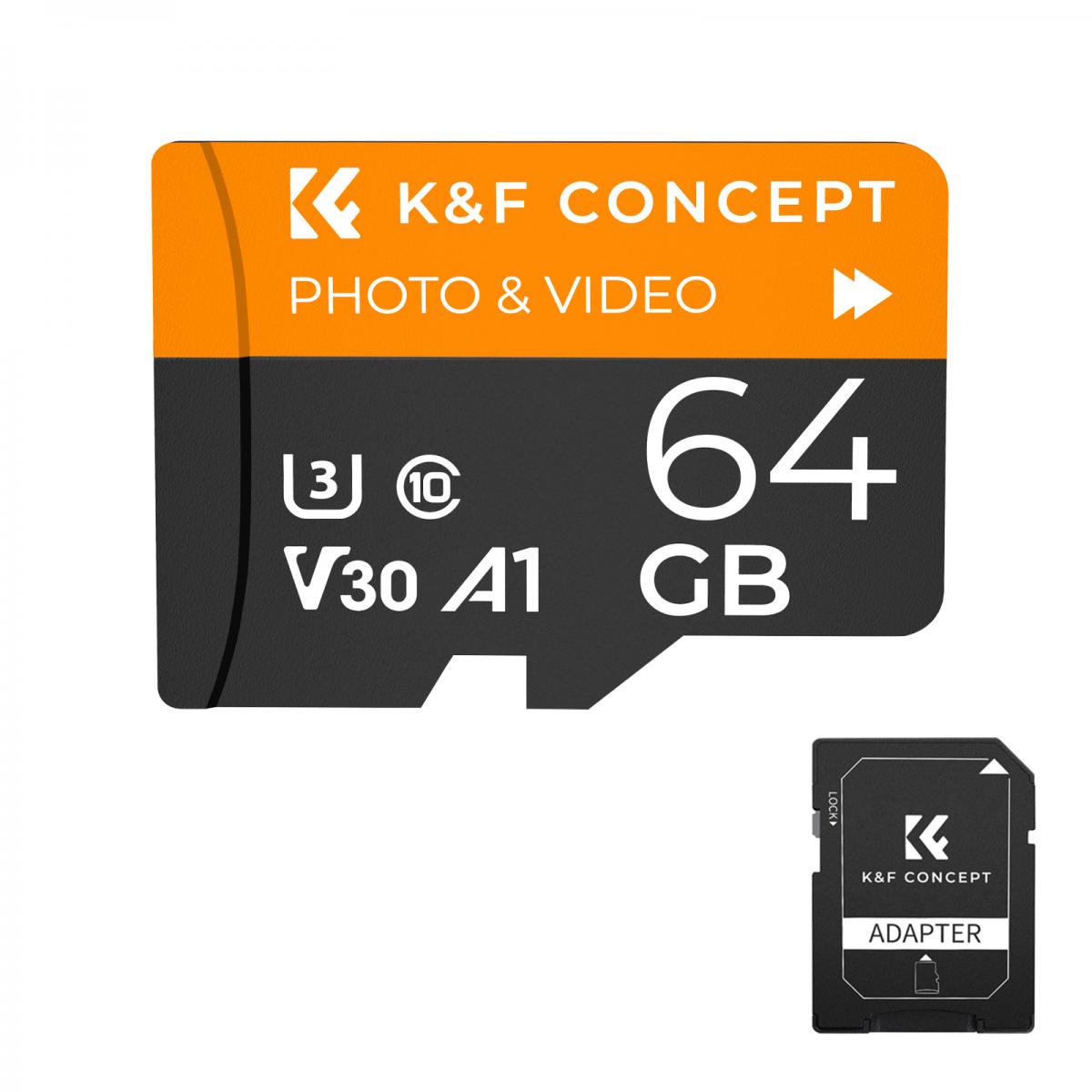
This article dives into the key considerations for choosing the right SD card for your Nintendo Switch, exploring compatibility, performance, and how to maximize your console's storage capabilities.
---
Understanding SD Card Compatibility with the Nintendo Switch
The Nintendo Switch supports microSD cards rather than full-sized SD cards. Within the realm of microSD cards, the console is compatible with the following types:
1. microSD: These cards offer storage capacities of up to 2GB. While compatible, their limited capacity makes them impractical for modern gaming.
2. microSDHC (High Capacity): These cards range from 4GB to 32GB. They are a step up but can quickly fill up with larger games.
3. microSDXC (Extended Capacity): Offering storage capacities from 64GB to 2TB, these cards are the most suitable for gamers with extensive libraries.
To use a microSDXC card, you must first update your Nintendo Switch system software. Once updated, the console can read the card without issues.
---
Key Factors When Choosing an SD Card
While many microSD cards are technically compatible with the Switch, not all are created equal. Here are the critical factors to consider when selecting a card:
1. Storage Capacity
The capacity you need depends on your gaming habits. Digital downloads and frequent updates for modern games consume significant space. Here’s a general guideline:
- Light Gamers: A 64GB or 128GB card is sufficient if you buy physical cartridges and only download occasional indie titles or DLCs.
- Moderate Gamers: A 256GB card provides a comfortable buffer for a mix of digital and physical games.
- Hardcore Gamers: Opt for a 512GB or even a 1TB card if you rely heavily on digital downloads.
2. Speed Class
The speed of your microSD card directly affects game loading times and the overall performance of your console. The Switch requires a minimum of UHS-I (Ultra High Speed) cards with a speed class rating of at least U1 or Class 10. However, to optimize performance, consider cards with higher write and read speeds.
- U1/Class 10: Minimum write speed of 10MB/s; acceptable for most games.
- U3: Minimum write speed of 30MB/s; better for faster downloads and smoother gameplay.
- V30 and Higher: Video speed classes like V30, V60, and V90 are overkill for the Switch but may benefit users who also use the card in cameras or other devices.
3. Brand and Reliability
Not all microSD cards are equally reliable. Trusted brands like SanDisk, Samsung, and Kingston offer cards that are both durable and high-performing. Investing in a reputable brand reduces the risk of data corruption and ensures longevity.
4. Pricing
While it may be tempting to opt for the cheapest card available, beware of counterfeit products. These cards often fail to deliver their advertised speeds or capacities, leading to frustration and potential data loss. Look for competitive pricing from reputable sellers.
---
Optimizing SD Card Usage for the Nintendo Switch
Once you’ve chosen the right card, proper setup and management can further enhance your gaming experience.
1. Formatting Your SD Card
Before using your new microSD card, format it using the Nintendo Switch system settings:
1. Go to System Settings.
2. Select System.
3. Choose Formatting Options > Format microSD Card.
This step ensures compatibility and clears any pre-existing data that could interfere with your console.
2. Managing Storage
Nintendo Switch organizes game data between the console’s internal storage and the SD card. You can manually manage this:
1. Go to System Settings.
2. Select Data Management.
3. Choose Move Data Between System / microSD Card to transfer files as needed.
3. Backing Up Data
While the Switch allows for cloud saves via Nintendo Switch Online, not all data is backed up this way. Periodically copy critical files to your PC to safeguard against data loss.
---
Common Pitfalls and Solutions
Even with the right SD card, users may encounter issues. Here’s how to address common problems:
1. Card Not Recognized
If your SD card isn’t recognized, ensure:
- The card is inserted correctly.
- The console firmware is up-to-date.
- The card is formatted to the exFAT file system for microSDXC cards.
2. Slow Performance
If games are loading slowly, check the card’s speed class. Upgrading to a faster U3-rated card may solve the issue.
3. Data Corruption
Always eject the SD card safely and avoid removing it while the console is powered on. Use only reliable brands to minimize the risk of corruption.
---
Recommended SD Cards for the Nintendo Switch
Based on performance, reliability, and price, the following options stand out:
- SanDisk microSDXC for Nintendo Switch (Official): Available in 64GB, 128GB, and 256GB, these cards are optimized for the console and feature the official Switch branding.
- Samsung EVO Select: Known for reliability and speed, this is an excellent choice for gamers needing higher capacities.
- Kingston Canvas React Plus: Offers UHS-II speeds, which are more than adequate for the Switch and provide versatility for other devices.
---
Future-Proofing Your Gaming Setup
As game file sizes continue to grow, investing in a higher-capacity SD card can save you the hassle of frequent upgrades. Keep an eye on sales and promotions to snag high-capacity cards at discounted prices.
Moreover, always prioritize performance and durability over saving a few dollars. A reliable SD card is not just a storage device—it’s the foundation of your gaming experience.
---
Conclusion
While you can technically use any microSD card with the Nintendo Switch, the right choice depends on your gaming needs, budget, and performance expectations. By considering factors such as capacity, speed, and reliability, you can unlock the full potential of your console and enjoy a seamless gaming experience.
Choosing the right SD card isn’t just about storage—it’s about enhancing how you play, reducing load times, and ensuring your games are always at your fingertips. So, take the time to research and invest in the perfect microSD card for your Nintendo Switch. It’s a small step that makes a big difference in your gaming journey.


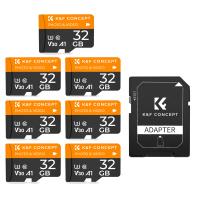
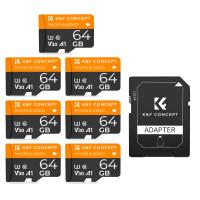

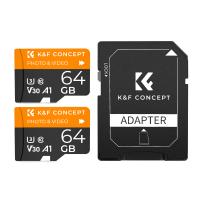
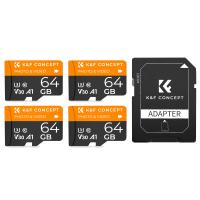
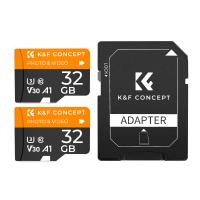
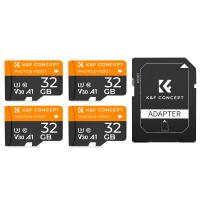
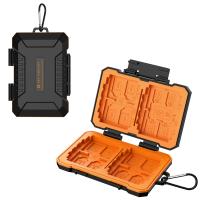
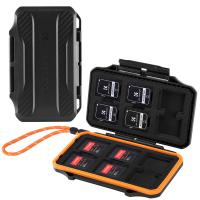
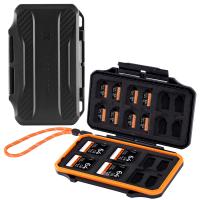
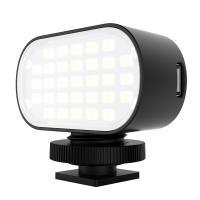
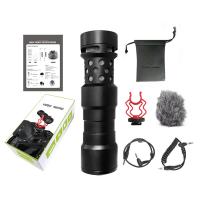

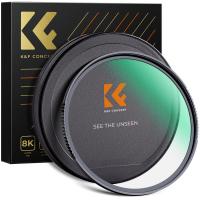

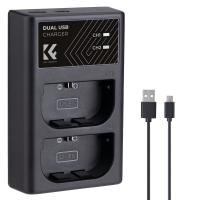
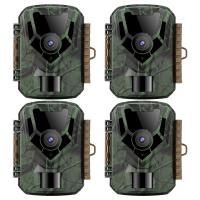
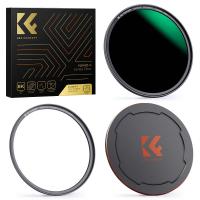
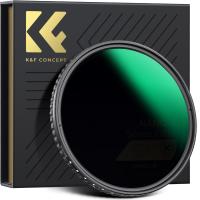
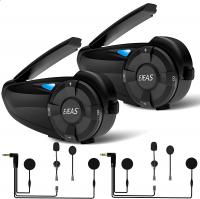
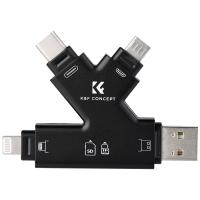

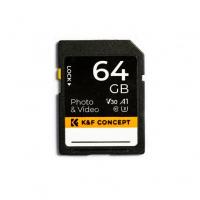
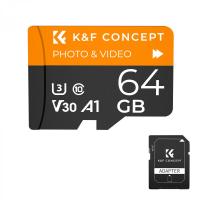
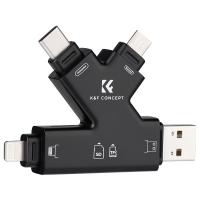
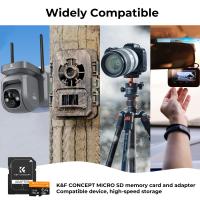

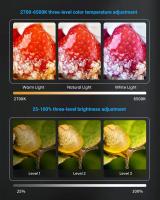

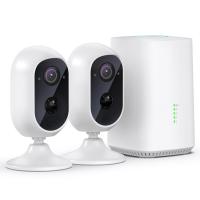


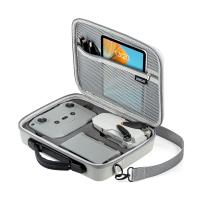
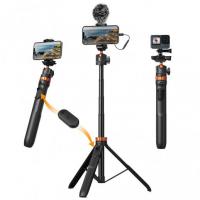

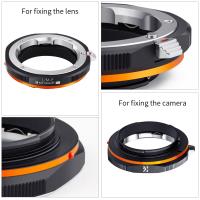

There are no comments for this blog.